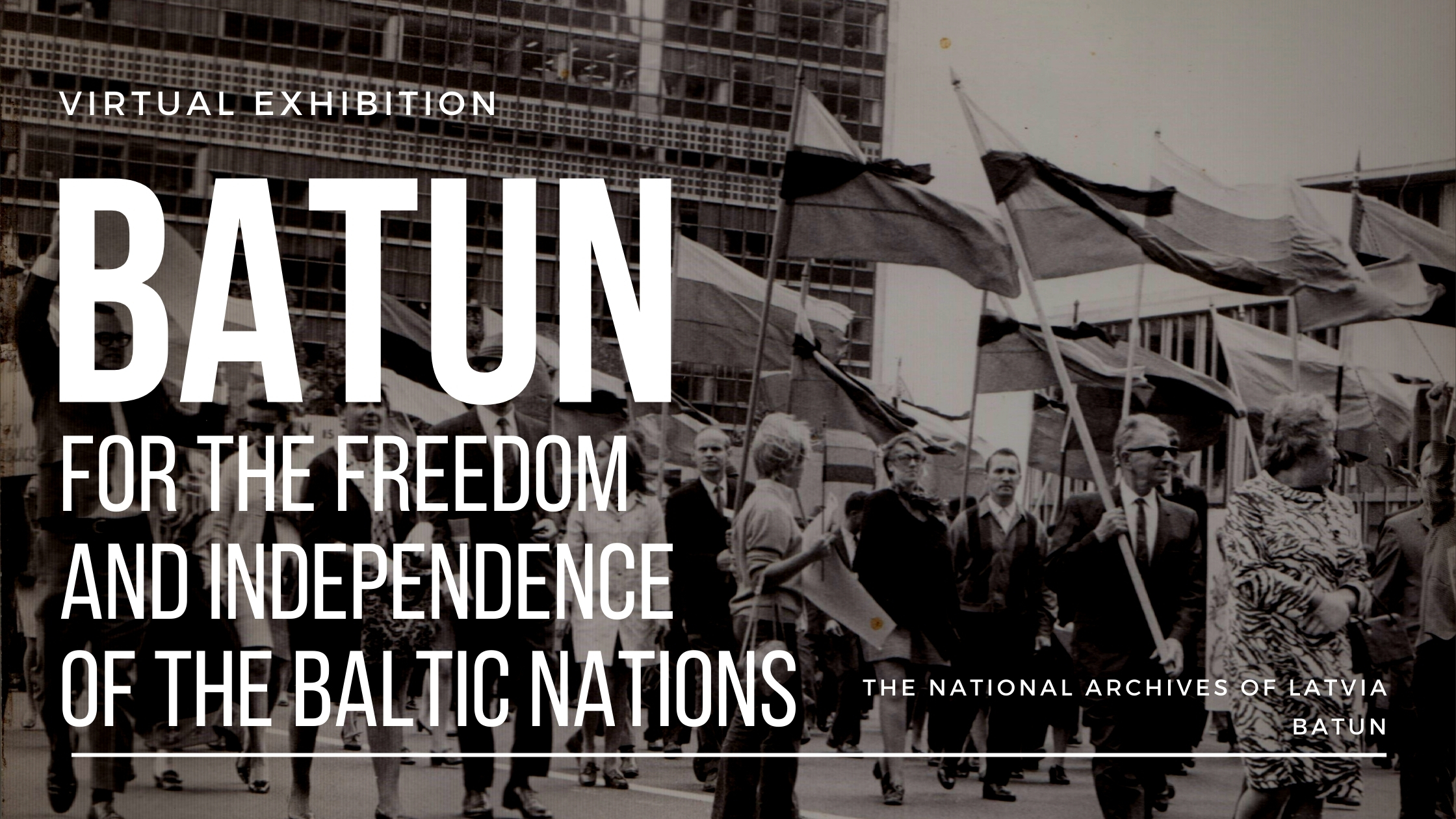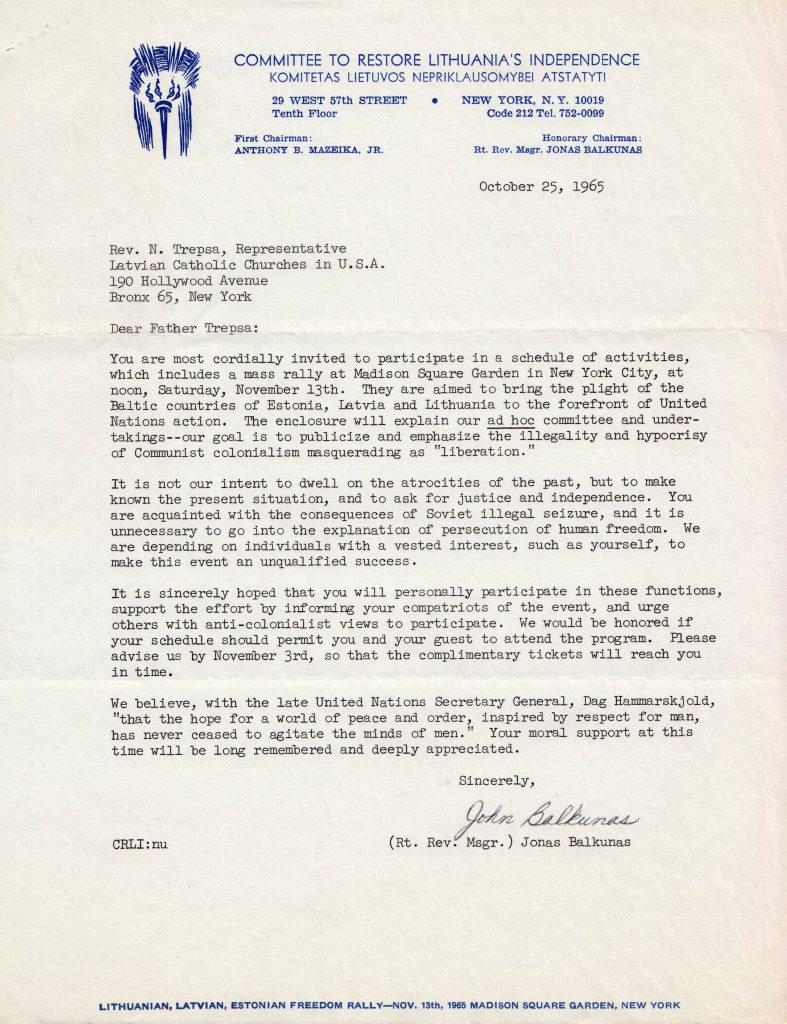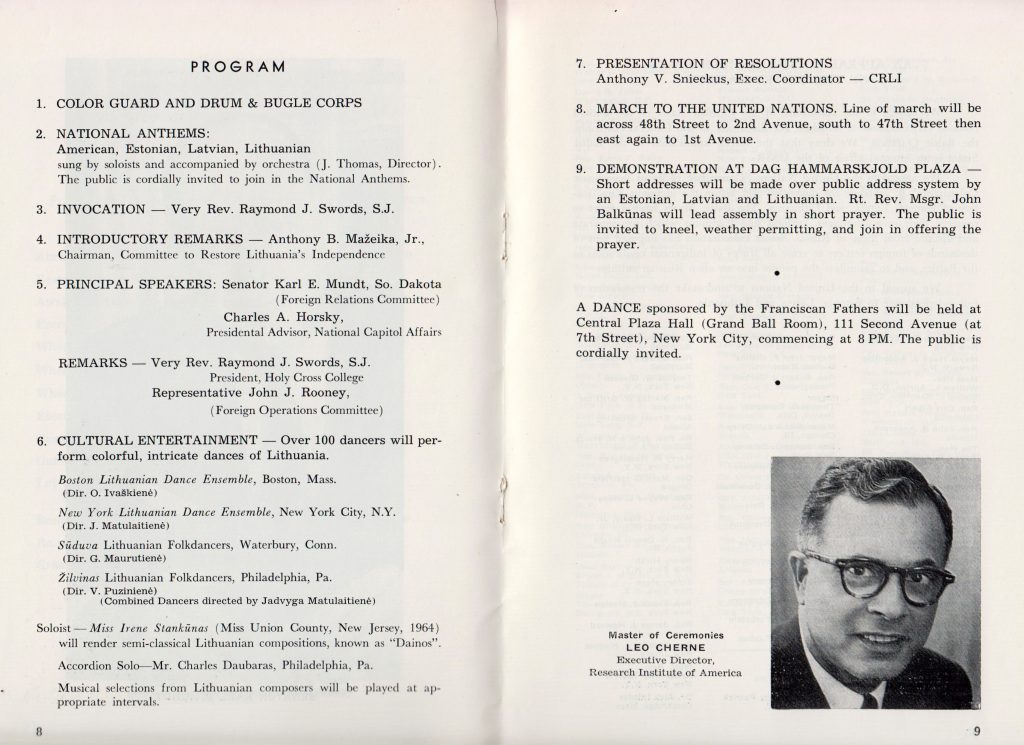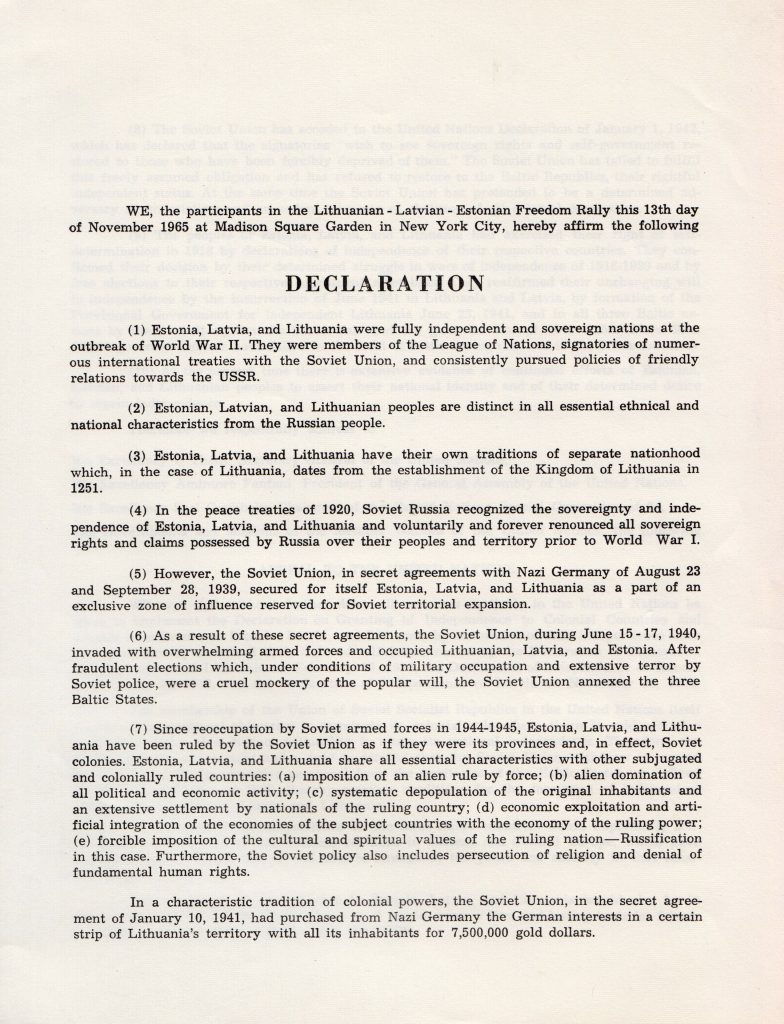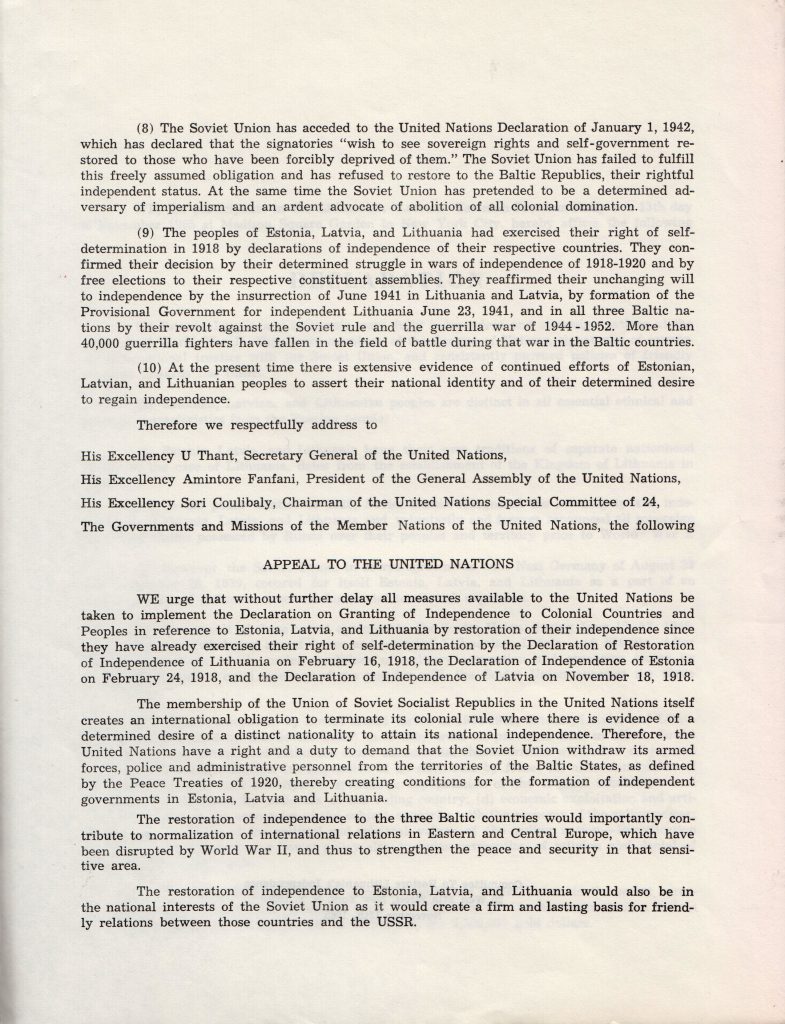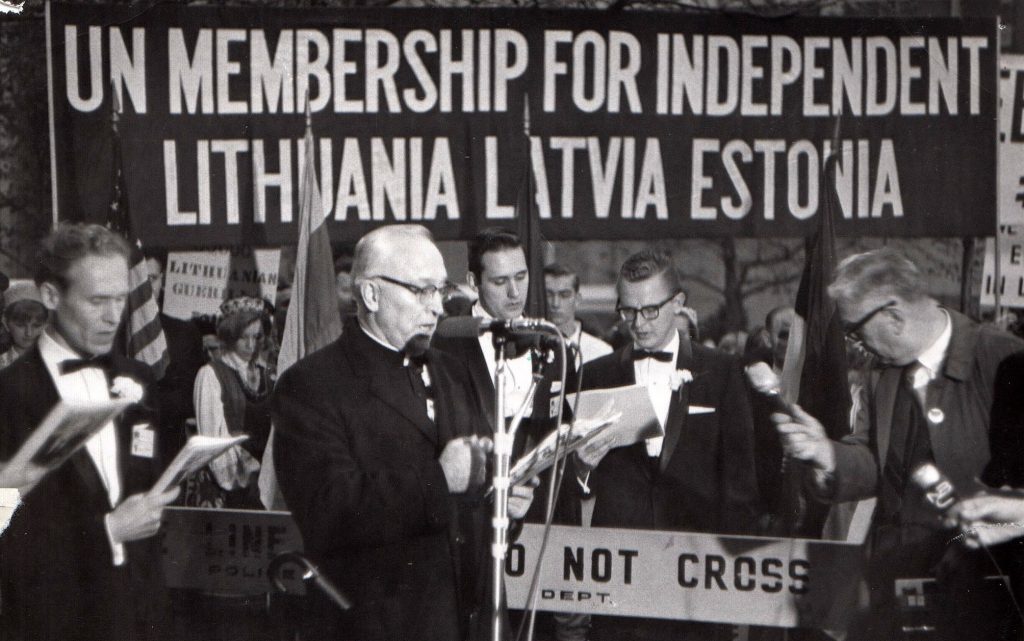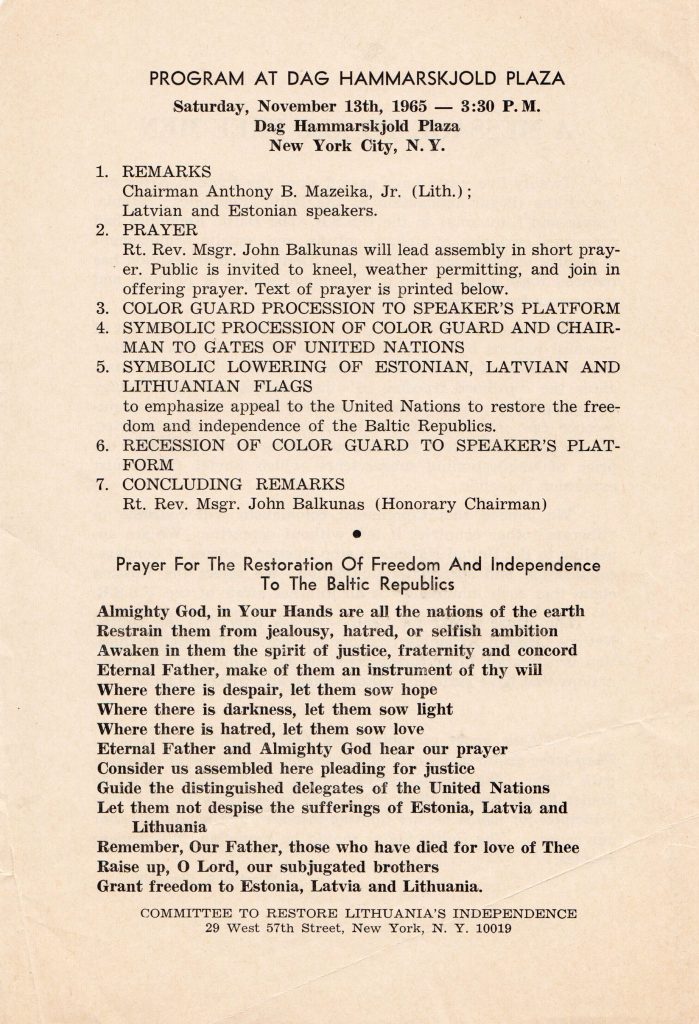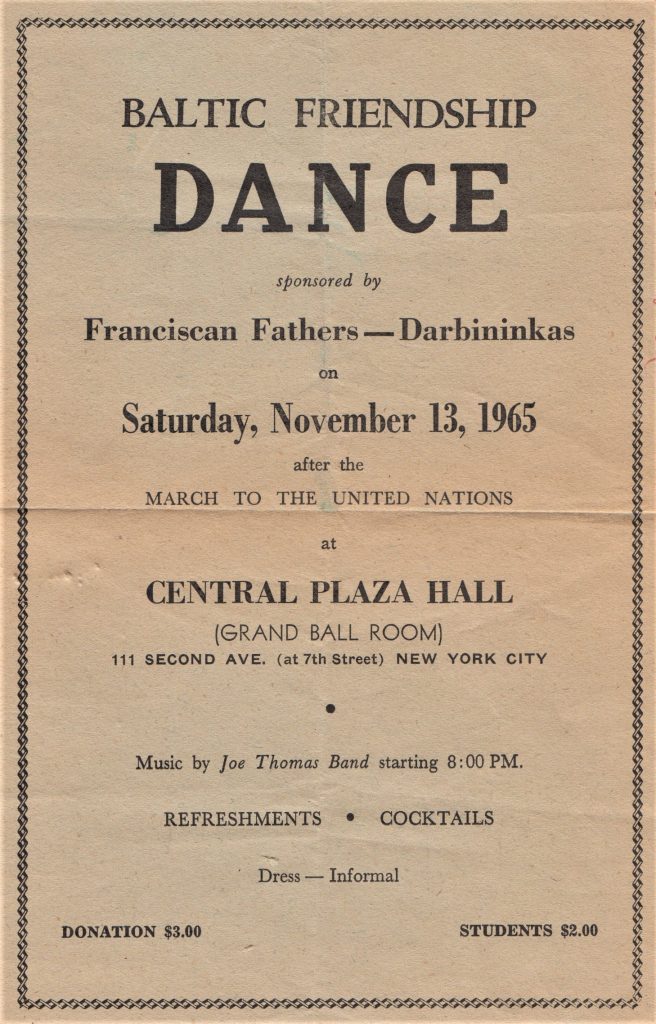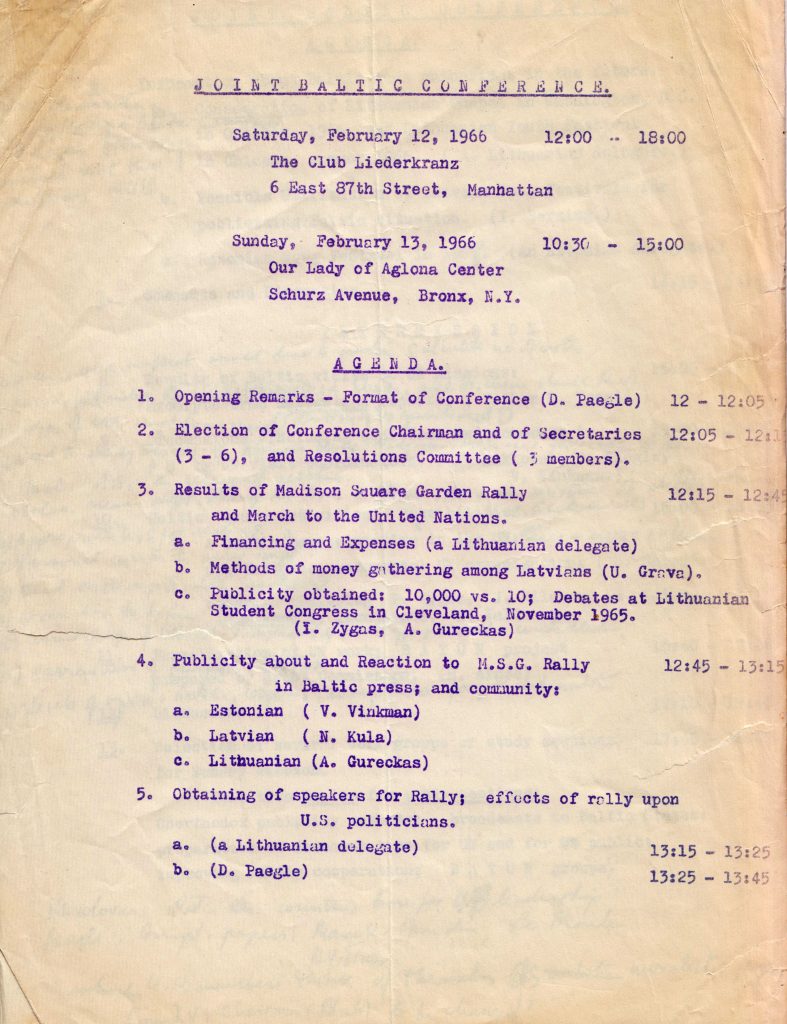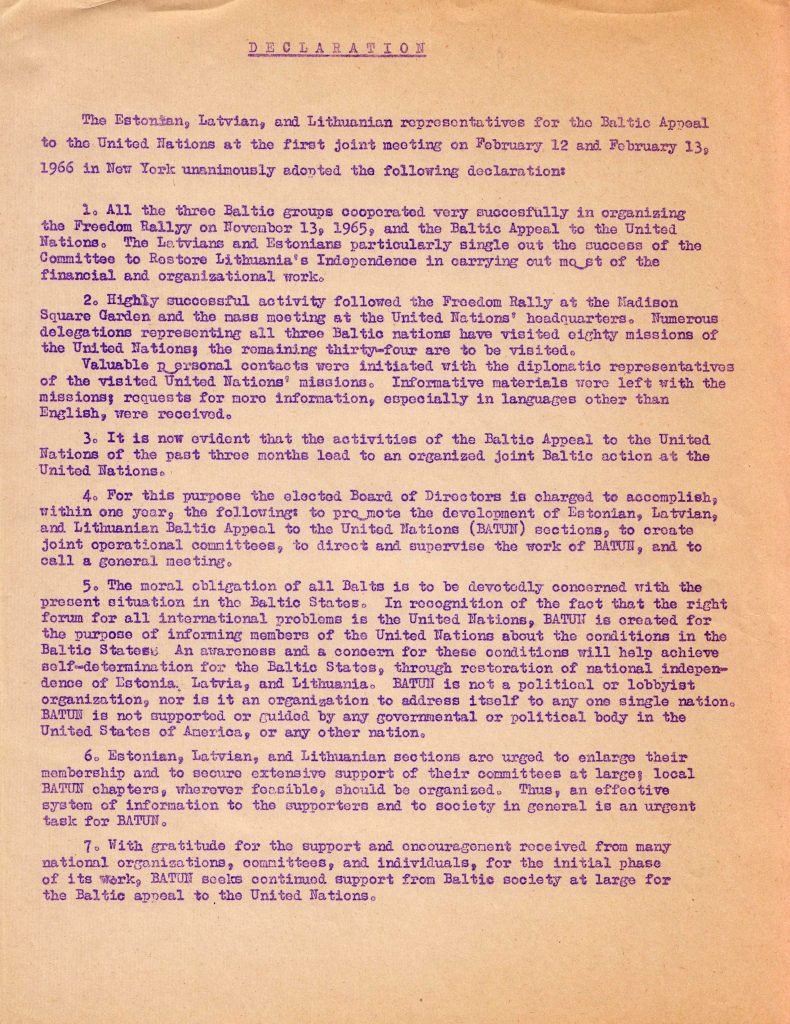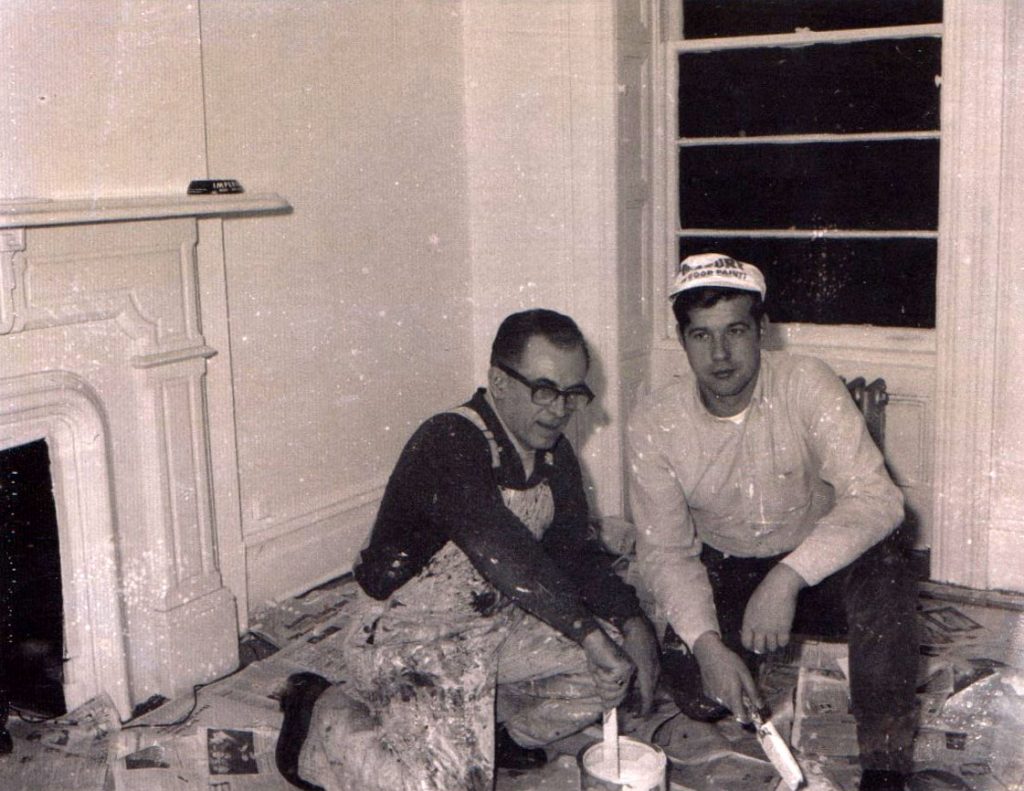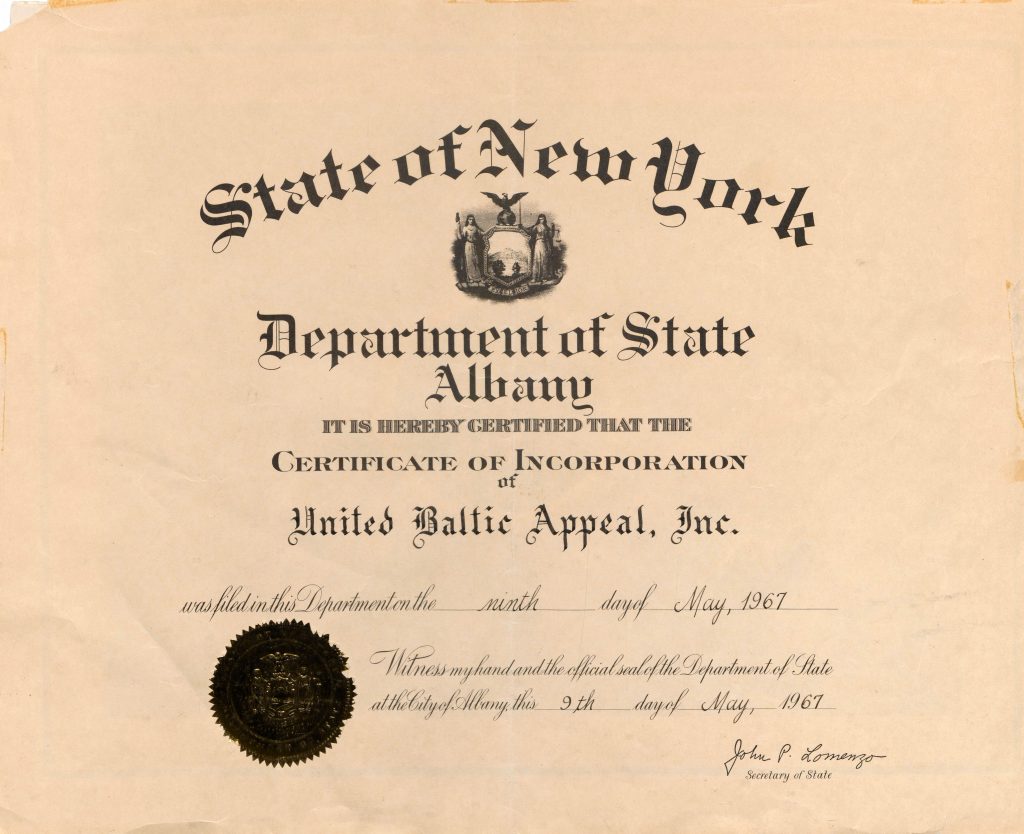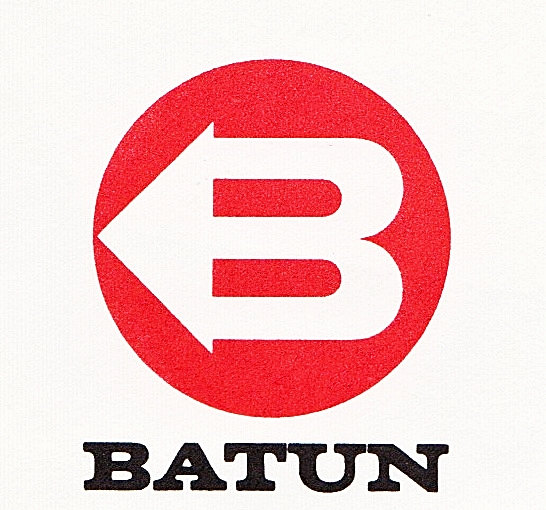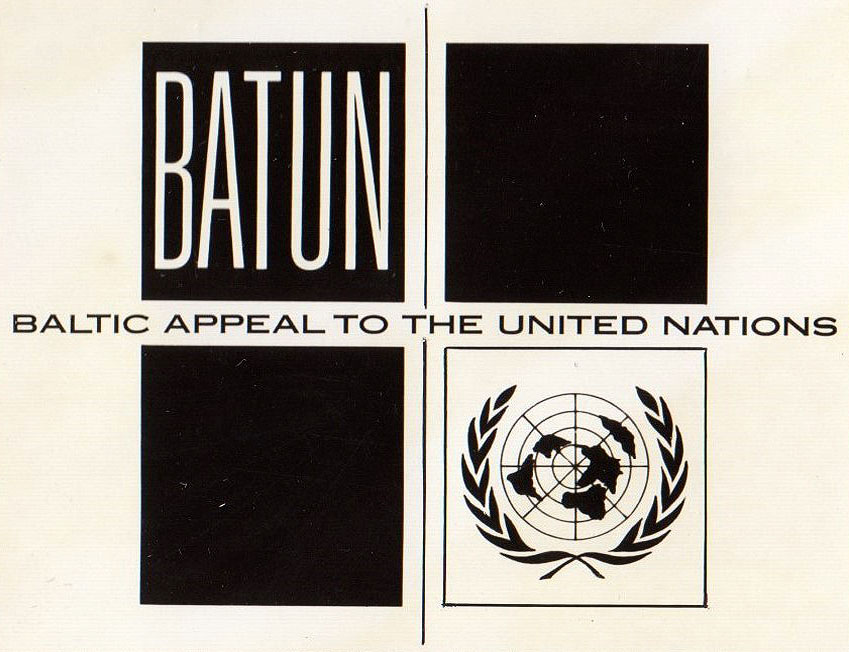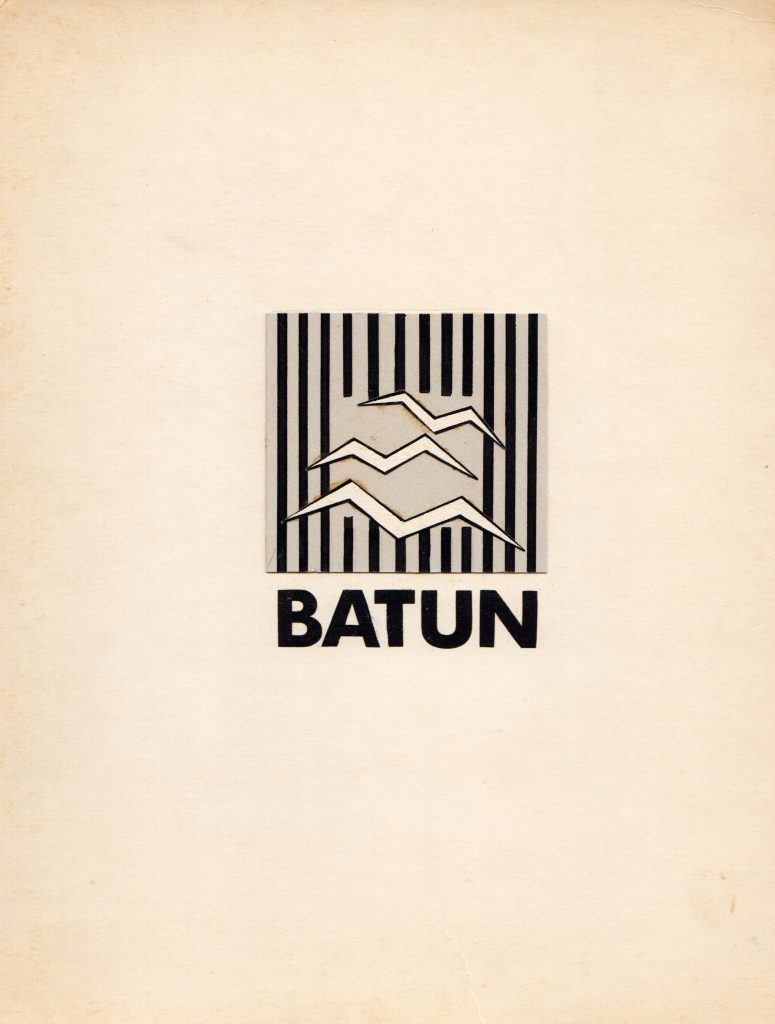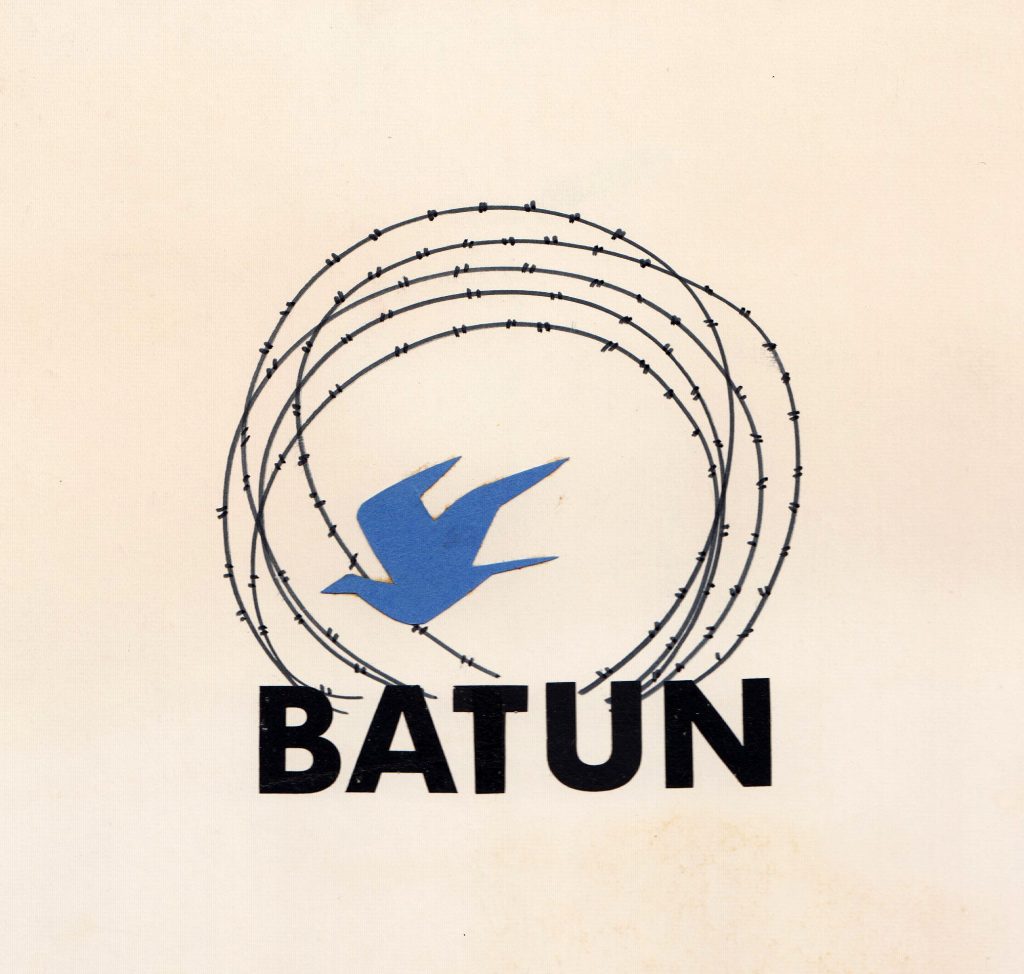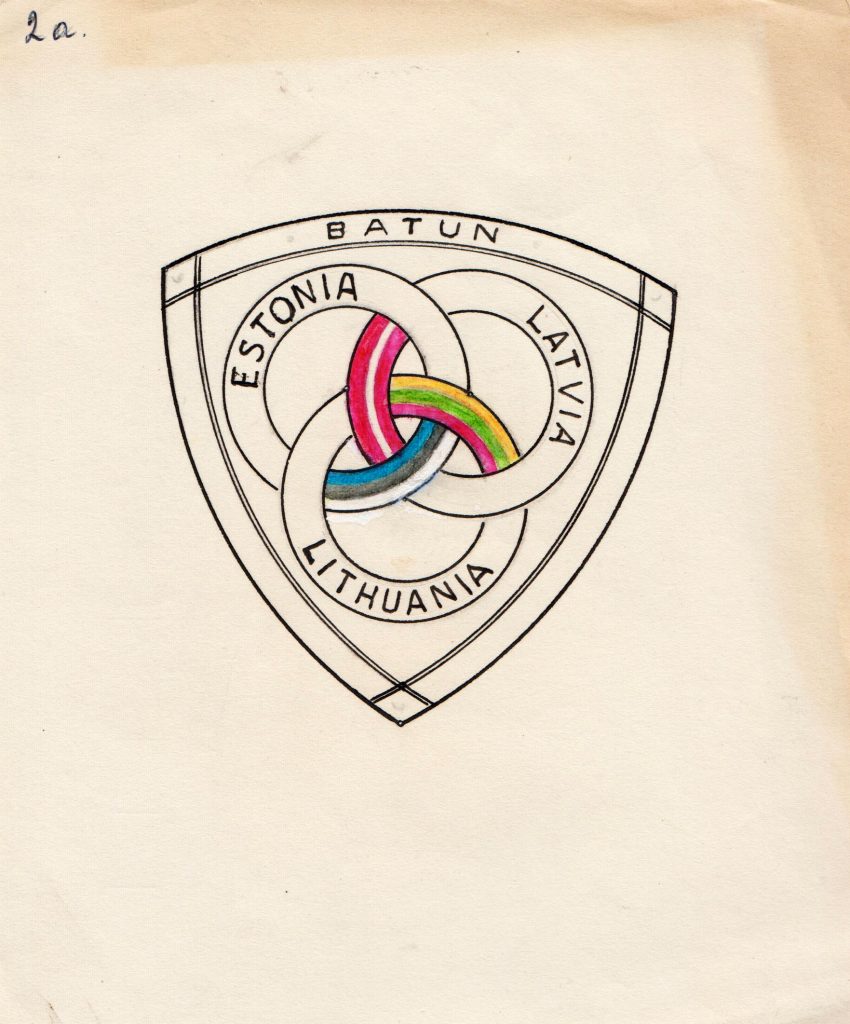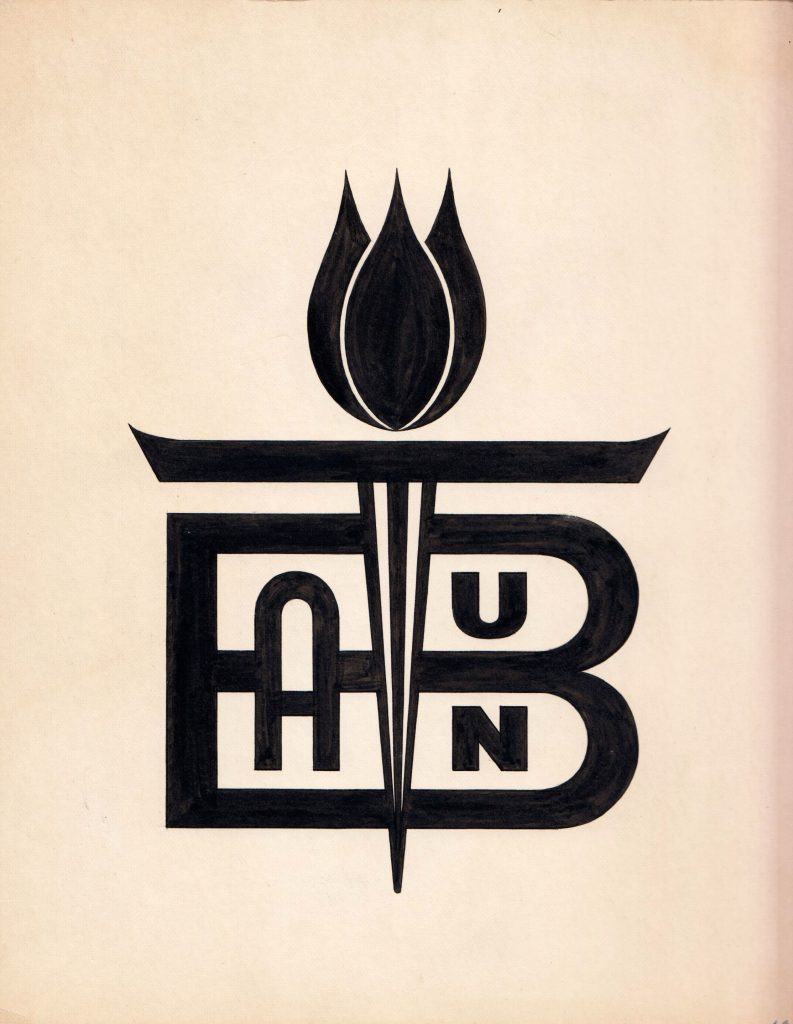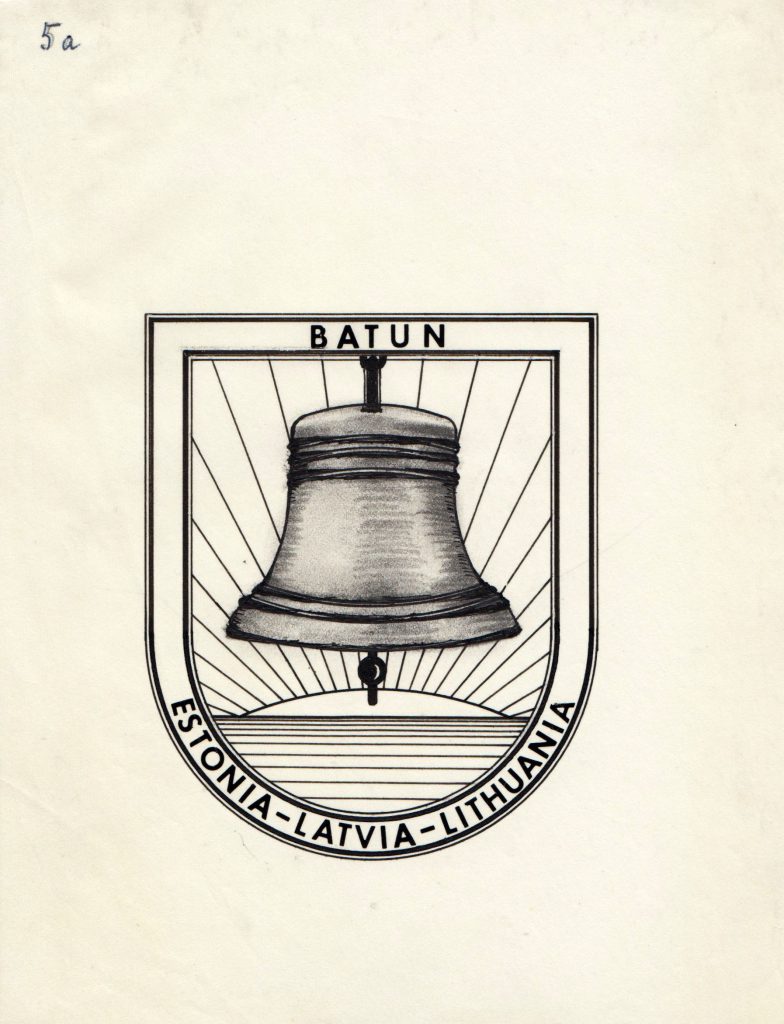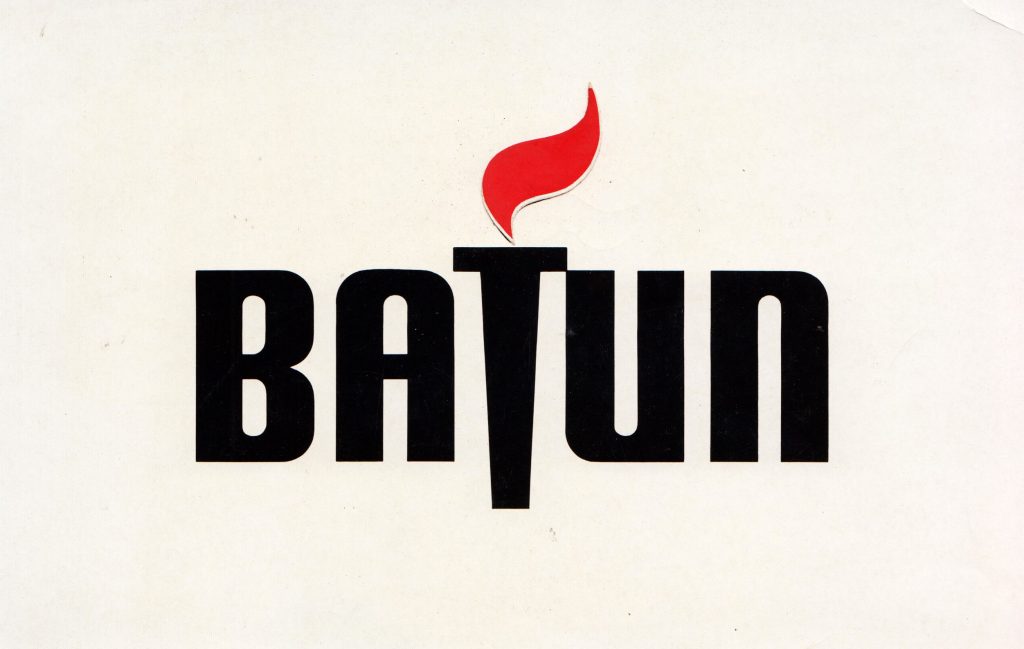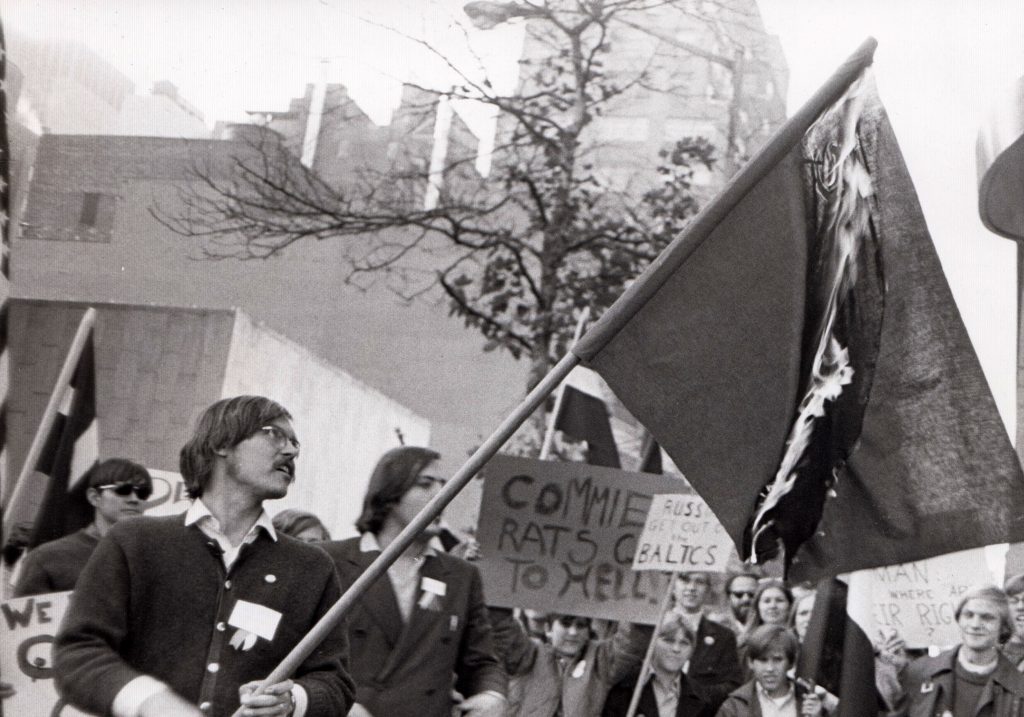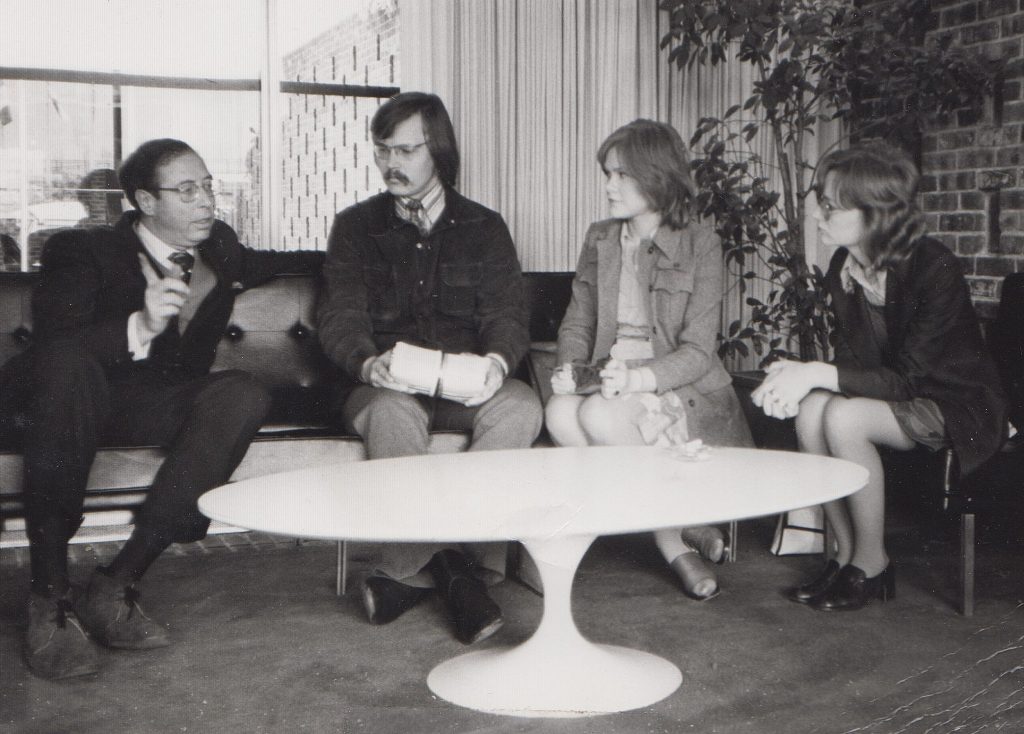BALTIC FREEDOM RALLY ON NOVEMBER 13, 1965
“May the Freedom Rally in New York be only the beginning of a large and unceasing effort of all Latvians, Lithuanians, and Estonians, now living in the free world to liberate their native countries”
/Norberts Trepša about the Baltic Freedom rally/
The Baltic Freedom Rally in New York on November 13, 1965 was one of the most impressive Baltic gatherings, which inspired the exile community to continue lobbying. It inspired the exile community, especially in the NY area, but also worldwide, to become a more effective financial and volunteer resource for Baltic anti-Soviet actions. The large-scale demonstration, attended by 11,000 to 14,000 Baltic-Americans, formed the basis for the establishment of the Baltic exile organization BATUN on February 12-13, 1966.
The organization of the rally and the related activities began in the summer of 1965. The main motivations were: the United States non-recognition policy regarding the Soviet occupation and annexation of the Baltic States; the Vietnam War; and the Declaration on the Granting of Independence to Colonial Countries and People (General Assembly resolution 1514 (XV)), also known as the Declaration on Decolonization, which was adopted by General Assembly in 1960.
The rally was organized by exile Balts, mostly Lithuanians, who also raised the necessary funds. They were volunteers, mostly in their twenties and early thirties, graduates of American universities, and professionals who were engaged in pursuing their careers as well as volunteering in their ethnic communities. The main organizer was the Committee to Restore Lithuania’s Independence, incorporated in the State of New York, headed by Anthony Mazeika, Msgr. Balkunas, Algirdas Budreckis, Anthony Snieckus, Joseph Miklovas, and Romas Kezys. The rally was fully financed by the Baltic exiles. The organizers of the rally succeeded in raising about $65,000 from the Baltic exile community, mostly from Lithuanians.

With this event, the Committee to Restore Lithuania’s Independence aimed to appeal to the United Nations for the restoration of the independence of the Baltic States by garnering the attention and support of the American public, and ensuring that the ‘Baltic Question’ is included in the agenda of the UN General Assembly for discussion and action – either directly or via the Decolonization Committee. During the Baltic demonstration in New York on November 13th, A. Mažeika, Chairman of the Lithuanian Independence Committee, pointed out that this also served to remind the world of the 25-year occupation of the Baltic States, and that the crimes of the Soviet Union needed to be investigated.
Two mass meetings were organized as part of the demonstration. The first mass meeting took place in the 18,000-seat Madison Square Garden arena (on 8th Avenue between 49th and 50th Streets) in Manhattan with the participation of American statesmen and a promise of support for the Baltics. The program director, Leo Cherne, a prominent American and executive director of the Research Institute of America, read a declaration by New York City Mayor Robert F. Wagner Jr. announcing that November 13th had been declared to be Baltic Freedom Day in New York City. Senator Karl E. Mundt, a member of Foreign Relations Committee, and Congressman John J. Rooney, a member of Foreign Operations Subcommittee, promised to work for the adoption of a program to support the efforts of oppressed people to achieve freedom in the US Congress and to discuss what US government could done for the Baltics.
However, the most important moment was the declaration adopted by the meeting, in which an appeal was made to the United Nations leadership and individual governments to discuss the problem of colonialism in Estonia, Latvia and Lithuania without delay, and a demand was made that the Soviet Union grant these countries independence. The 128 prominent signatories of declaration included Richard M. Nixon (former Vice-President and future President of the United States), fifty-four US Senators and Representatives, seven state governors, six mayors of major cities, and nineteen members of the clergy. On Sunday, November 7, 1965 the signed declaration and an announcement of the rally appeared as a full-page ad in The New York Times.
After the meeting at Madison Square Garden, the demonstrators carrying Baltic flags and accompanied by music marched through the center of New York to Dag Hammarskjöld Plaza near the UN. The route through Manhattan was strategically chosen so that the Baltic demonstrators and messages on the placards they carried would draw as much attention as possible to the fact the Baltic States were occupied. Another meeting was held in front of the United Nations. This was directed specifically at the members of the United Nations. There, Antony Mazeika and an honor guard carried the Estonian, Latvian and Lithuanian flags, as a symbol of the Baltic Appeal to the UN, lowered the flags before the gates of the United Nations. Overall, the demonstration went calmly. The only incident was the arrest of four Lithuanians who tried to climb over the fence at the UN.
THE ESTABLISHMENT OF BATUN
„We are here as average people, not as professional diplomats, not as refined politicians. We are here to declare that freedom for Latvia, Estonia and Lithuania is not just a political issue. It is not an object for clandestine deals by political operators. No one may sell or exchange the freedom of the Baltic States for some imaginary profits. No one may betray the freedom of nation, not even the United Nations.” /Norberts Trepša at the Joint Baltic Conference/
In February 1966, a group consisting mostly of young Baltic exiles established an organization to continue the work initiated at the rally on November 13, 1965. It was decided that a permanent organization was needed to continue raising the Baltic issues at the UN. BATUN would not have been founded if the United Nations itself had not been founded in 1945.
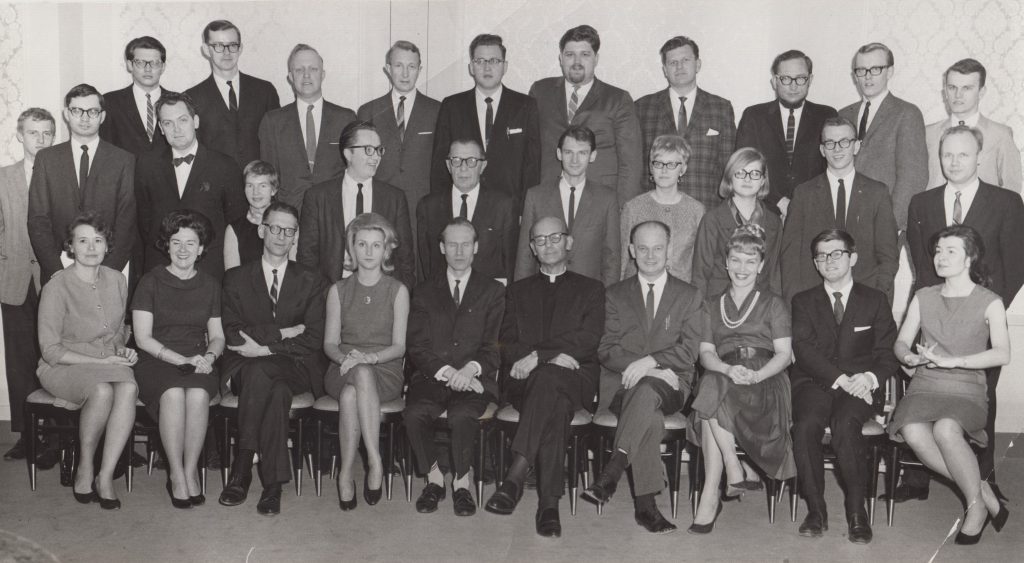
BATUN was founded on February 12 and 13, 1966 in New York by the Joint Baltic Conference. The declaration, which was voted on by the Estonian, Latvian and Lithuanian Committees of BATUN at the first joint meeting on February 12th and 13th, stated that BATUN is not a political organization, nor is it an organization that is addressing itself to only one nation. BATUN was opposed to all forms of imperialism, colonialism, and exploitation of one nation by any other. BATUN was not supported or guided by any governmental or political body in the US or any other nation. It was created for the purpose of informing the UN Member States about conditions in the Baltic States, in order to create serious concern in all freedom loving nations, based on the solemnly declared principles of the UN; and that this would lead to self-determination for the Baltic States, through the restoration of national independence for Latvia, Lithuania and Estonia. This was based on a moral obligation to be seriously concerned with the situation in the Baltic States, and the fact that the correct forum for the resolution of all international problems is the UN.
„We appeal to all nations of the world not to stand idly by while cruel and godless colonizers exterminate three nations, three wholesome, colorful, culturally rich and vitally alive people. Not in other year, not some time later, but next week, every honest statesman should raise this issue in the United Nations. No one can pretend to be serving freedom of the world, no one can enjoy his own freedom, while from behind the Iron Curtain come the wailing and gnashing of teeth from the victims of the Communist hell”
/Norberts Trepša at the Joint Baltic Conference on February 12-13 in 1966/
The BATUN tasks, as set at the Joint Baltic Conference, were:
- To coordinate the efforts of American citizens of Estonian, Latvian and Lithuanian descent;
- To defend the American way of life against Communist infiltration and subversion;
- To strive to liberate the captive Baltic republics and to aid in the restoration of their national independence and their basic human rights;
- To study colonialism in Soviet Russia and to present the question of decolonization of the aforementioned Soviet Russia before the Committee of 24 at the United Nations;
- Finally, for BATUN to organize the support of American public opinion for these aims.
The Conference adopted Dr. Heino Ainso’s proposal for an organizational structure that would ensure that each of the three Baltic nationalities – Estonians, Latvians and Lithuanians – would always be equally represented on BATUN’s Board of Directors. This structure called for the election of three directors, three alternate directors, and one audit committee member by each “section”. Each director had one vote. If any of the directors were absent from a meeting, one of the alternate directors would take their place, so that each section would be ensured of having three votes.
Soon after its founding, BATUN established an office in the Latvian Catholic Congregation’s at 2789 Schurz Avenue, in the borough of the Bronx in New York City. A generous donation of $10,000 from Robert Hiršs and his wife enabled BATUN to open an office and hire an office manager in 1967. The office operated there from March 1967 to June 1988, when the congregation sold the building. In July 1988, the office was relocated to the building of the Latvian Daugavas Vanagi Association at 115 West 183rd Street in the Bronx. Because of its convenient location, meetings were often held at the Estonian House owned by the Estonian Educational Society at 243 East 34th Street, in the borough of Manhattan, New York City.
THE NAME AND THE LOGO
BATUN’s certificate of incorporation was filed in New York State on May 9, 1967. Originally, the intention was to incorporate the organization under the name “Baltic Appeal to the United Nations” which was based on a document with the informal title Baltic Appeal to the United Nations that was adopted at the rally held on November 13, 1965 in New York City. However, the non-profit organization was registered in New York State under the name United Baltic Appeal, Inc. since the organization could not incorporated the words “United Nations” in its name, if that organization is not officially connected to the UN. And BATUN was not. Due to the USSR’s objections, BATUN could not be accredited by the UN as a non-governmental organization. The press of the Baltic Soviet republics also clearly demonstrated a negative attitude towards BATUN. Therefore, the organization was incorporated under the name “United Baltic Appeal, Inc.” (UBA), and the acronym BATUN was considered to be a department of the UBA. However, most people continued to call the organization BATUN.
After BATUN was established, the question of the organization’s visual identity arose. In 1966, BATUN announced a competition in the exile press for a logo design that would symbolize the organization’s mission and could be used in print and elsewhere. The logo had to be symbolic and easy to replicate. A monetary prize was announced and artists were invited to submit their ideas. The invitation generated a great deal of interest in the Baltic exile media. Sixty-nine designs from 22 Baltic artists in the US, Canada, Australia and Europe were submitted. Representatives of Baltic organizations and the Ambassador of South Vietnam to the UN were chosen as the jury. On January 28, 1967, BATUN chose Latvian artist Ilmārs Rumpēteris’s design as its logo. The BATUN logo is a stylized letter B (comprised of a backwards number three and arrow pointing westward in a field of red) and symbolizes the unified effort of the three Baltic states to escape from the Soviet occupation that encircles them.
- The circle symbolize enslavement and domination of the Baltic states by the Soviet Union. Therefore it was prefered to be printed in red.
- The arrowhead pointing westward symbolizes the determination of the Baltic states to break out of the communist encirclement and to unite with the free world. Arrowhead or triangle also represents the three Baltic nations.
- The three horizontal white lines also symbolize Baltic states: Estonia, Latvia, Lithuania are respectfully united for one and the same purpose – to free themselves from the communist suppression, visually forming the letter “B” and the number “3”.
Other submitted logo designs:
Baltic Youth for Freedom (1968-1980)
The 60’s were a time of great turmoil in the US – with large numbers of young people protesting for civil rights and against the Vietnam War. Seeing all this, many young Baltic-Americans thought that the Baltic cause could also benefit from some more active measures. So, Baltic Youth for Freedom or BYFF which specialized in street demonstrations was formed in 1968 to be the activist arm of BATUN and engage in proactive political activities that were slightly outside BATUN’s scope as a non-profit organization. BYFF was comprised of a corps of activists that could be mobilized on short notice as a response to events in the Baltic States. It was, in fact, the youth wing of the organization and consisted of students and other young people who were anxious to participate in a visible way. As events in the Soviet Union and Eastern Europe entered a new phase in the 1980s, BYFF’s become less active.
